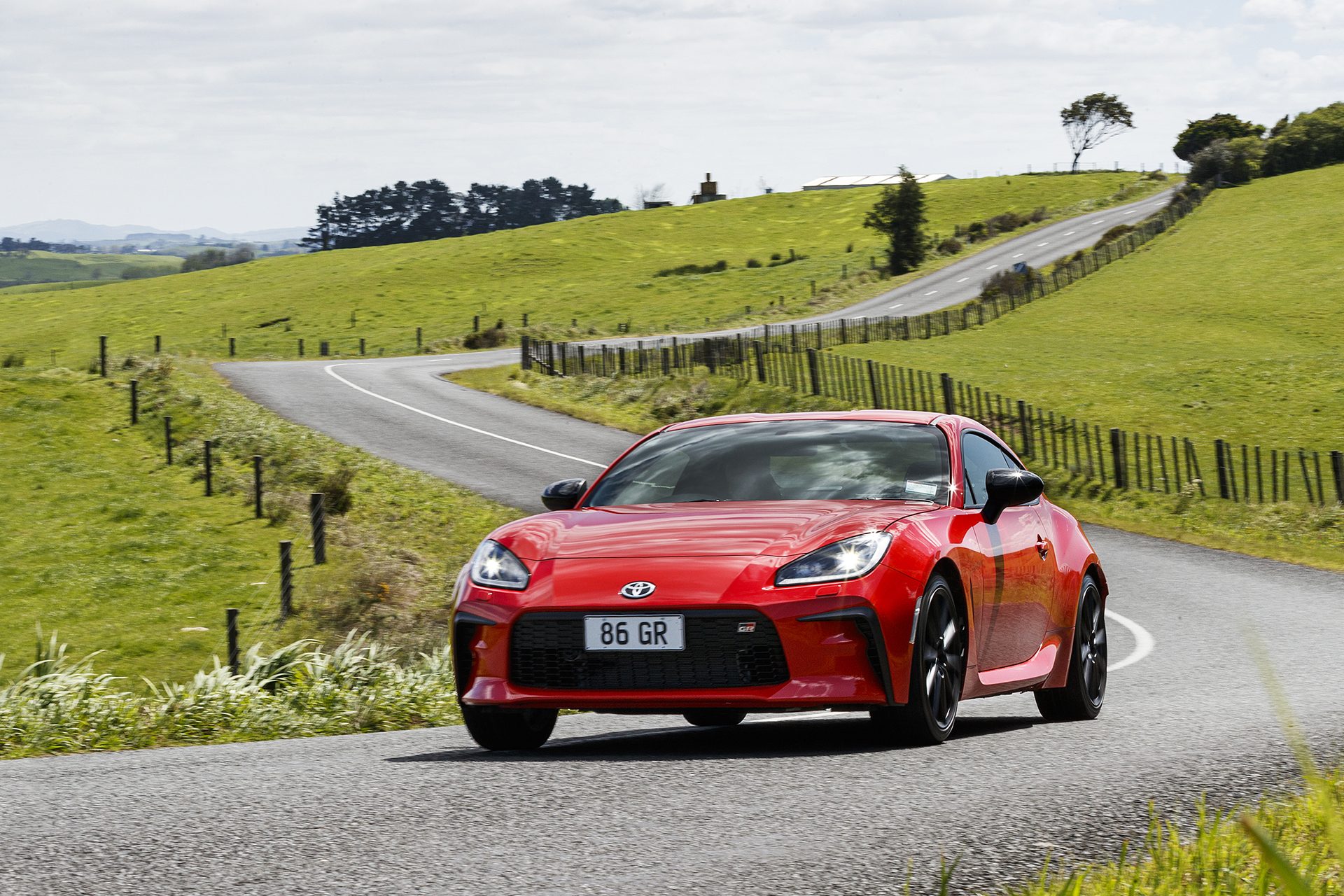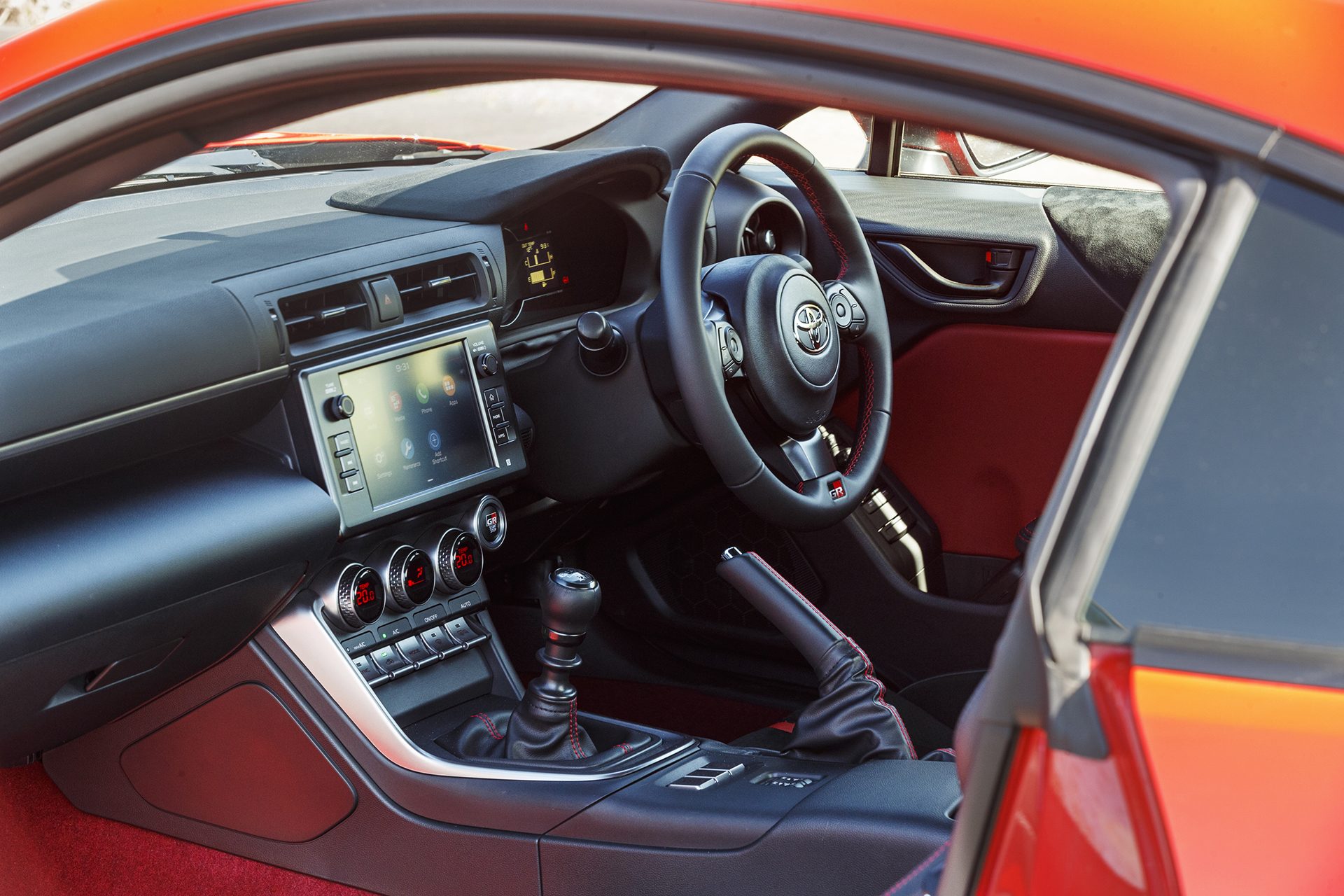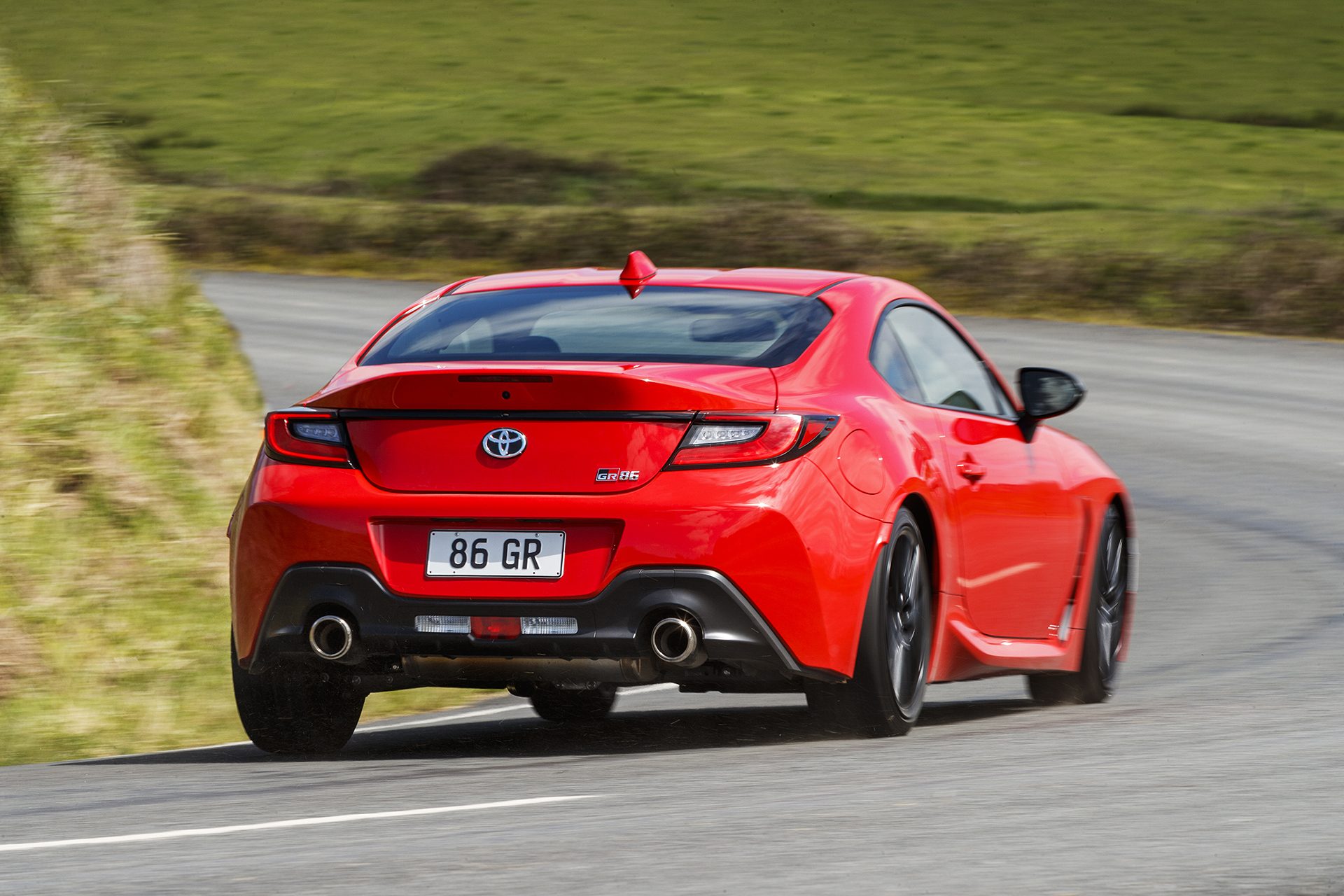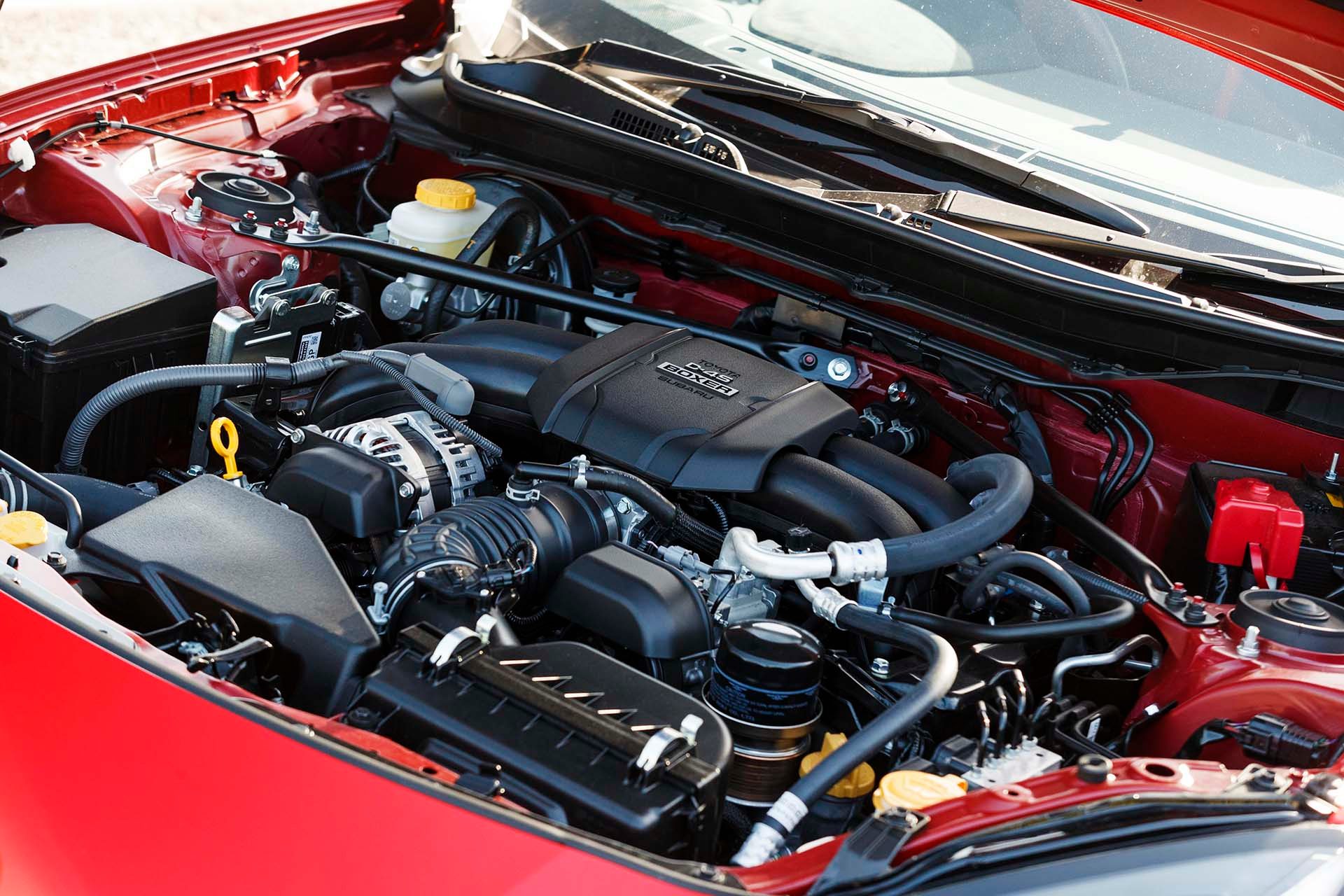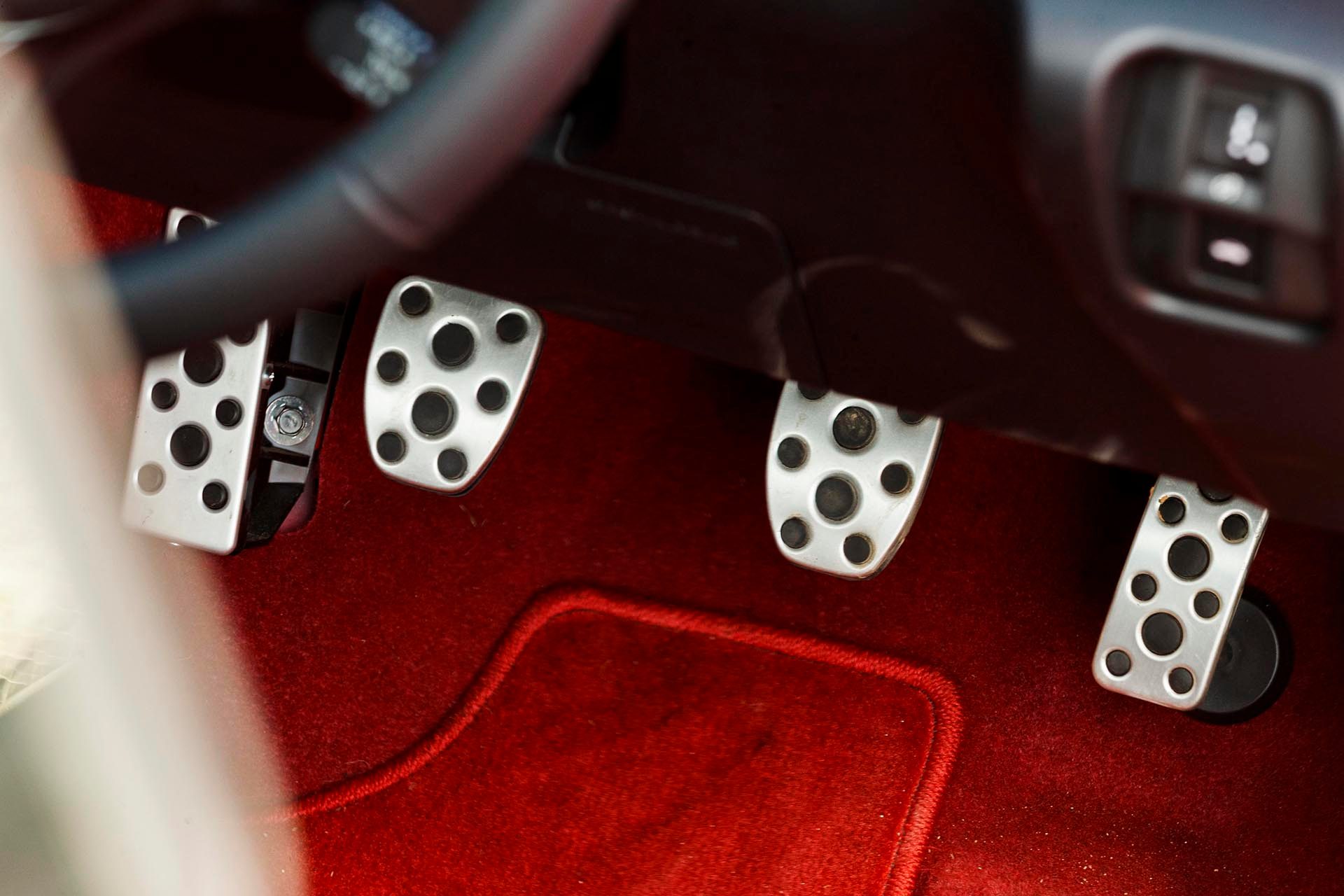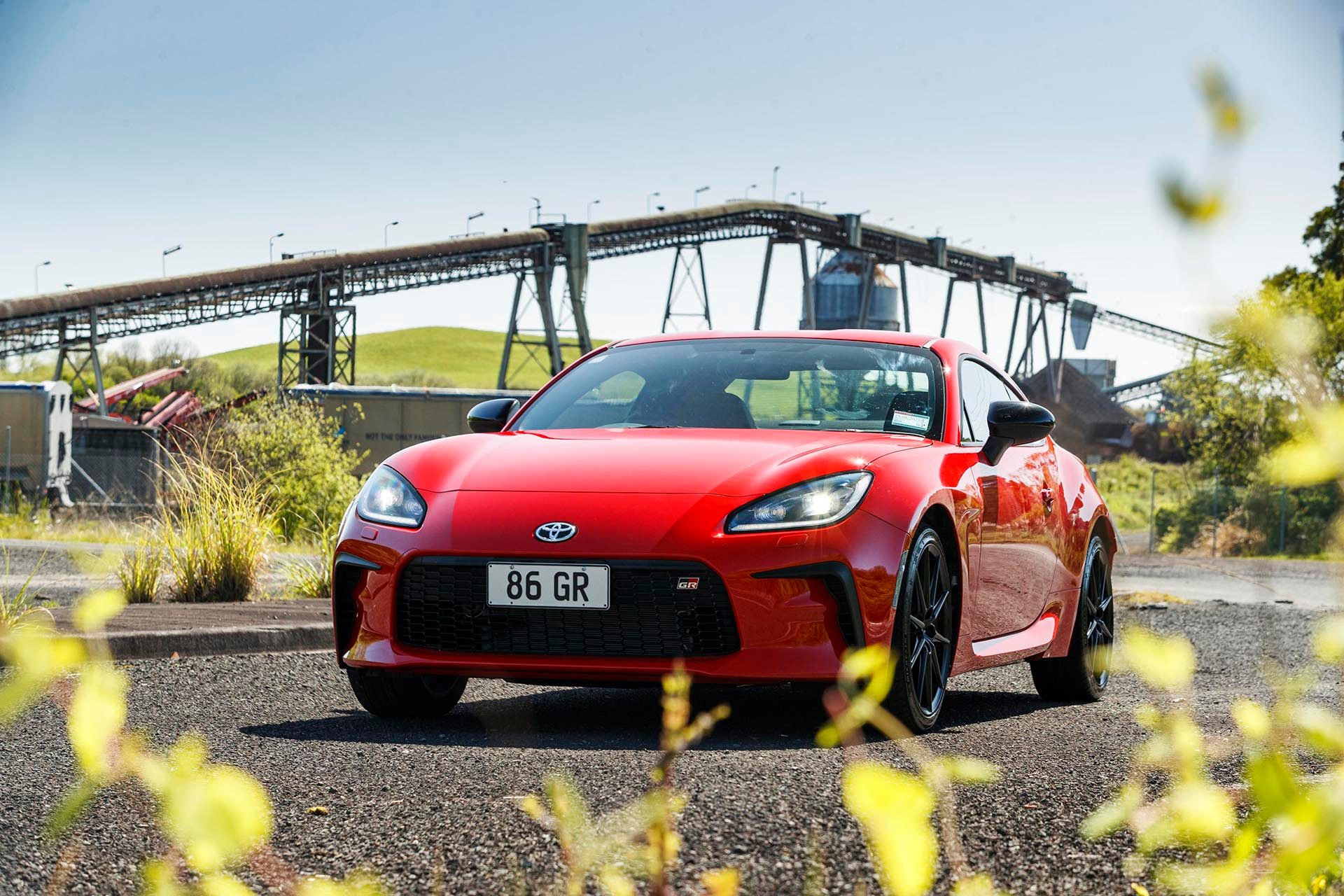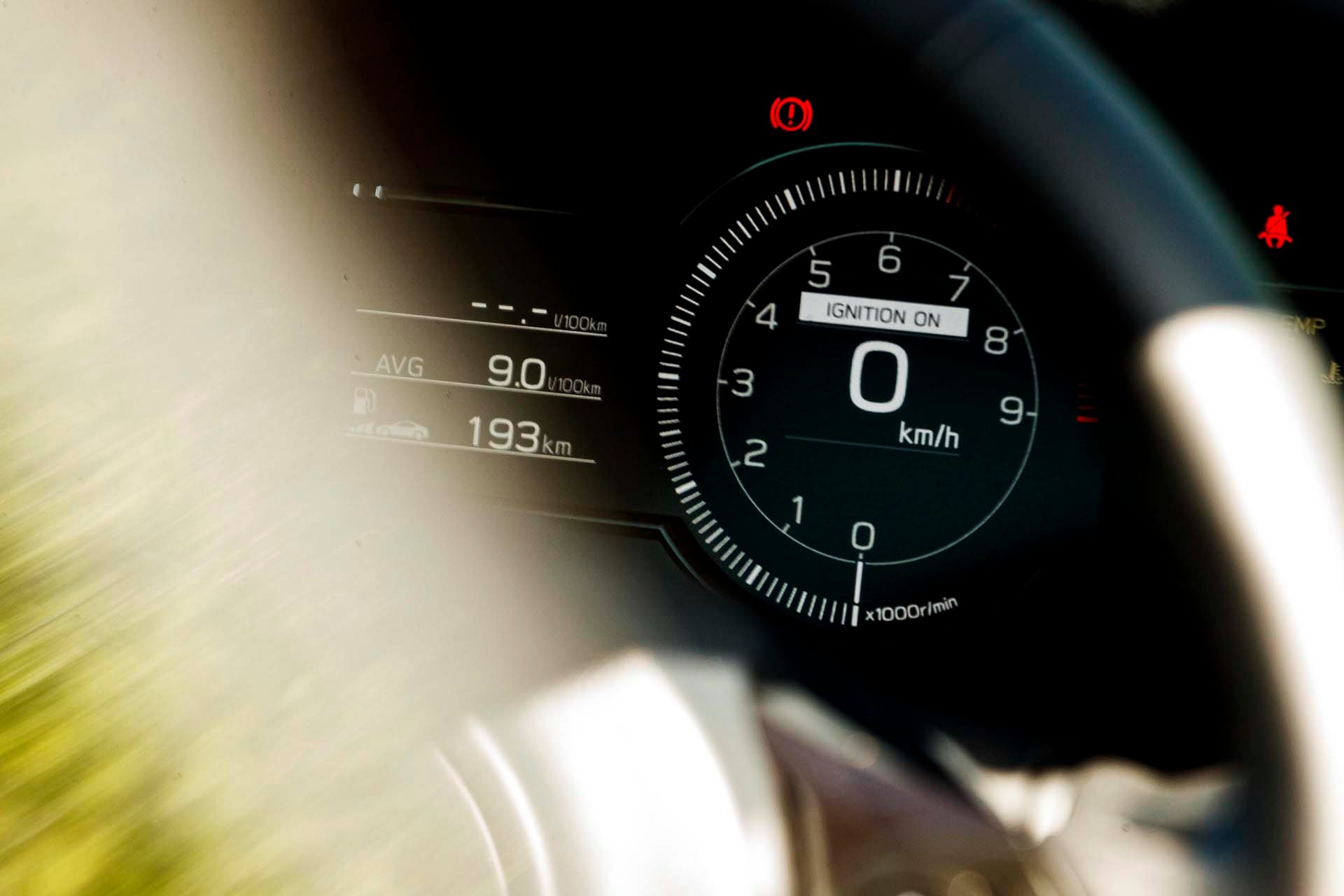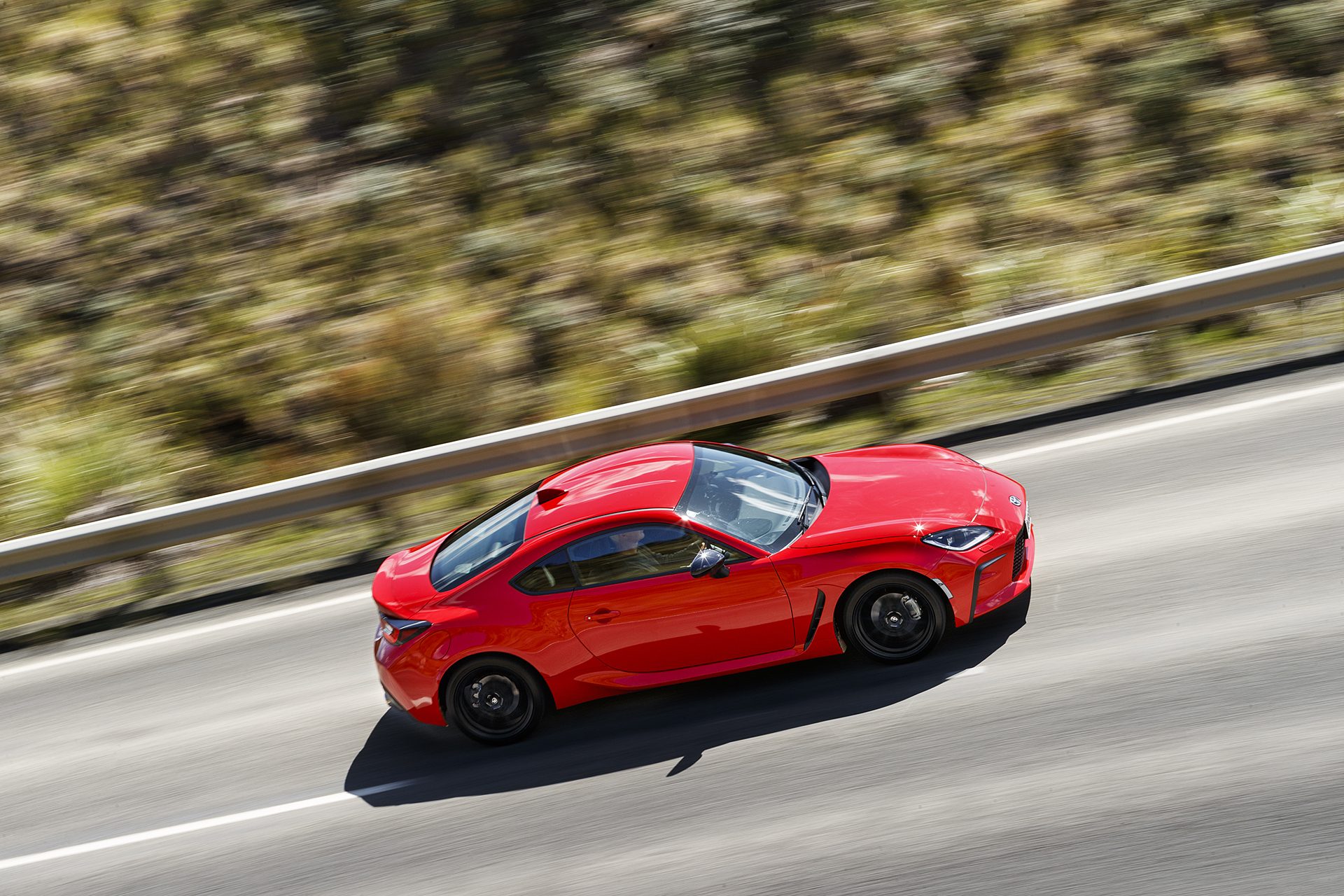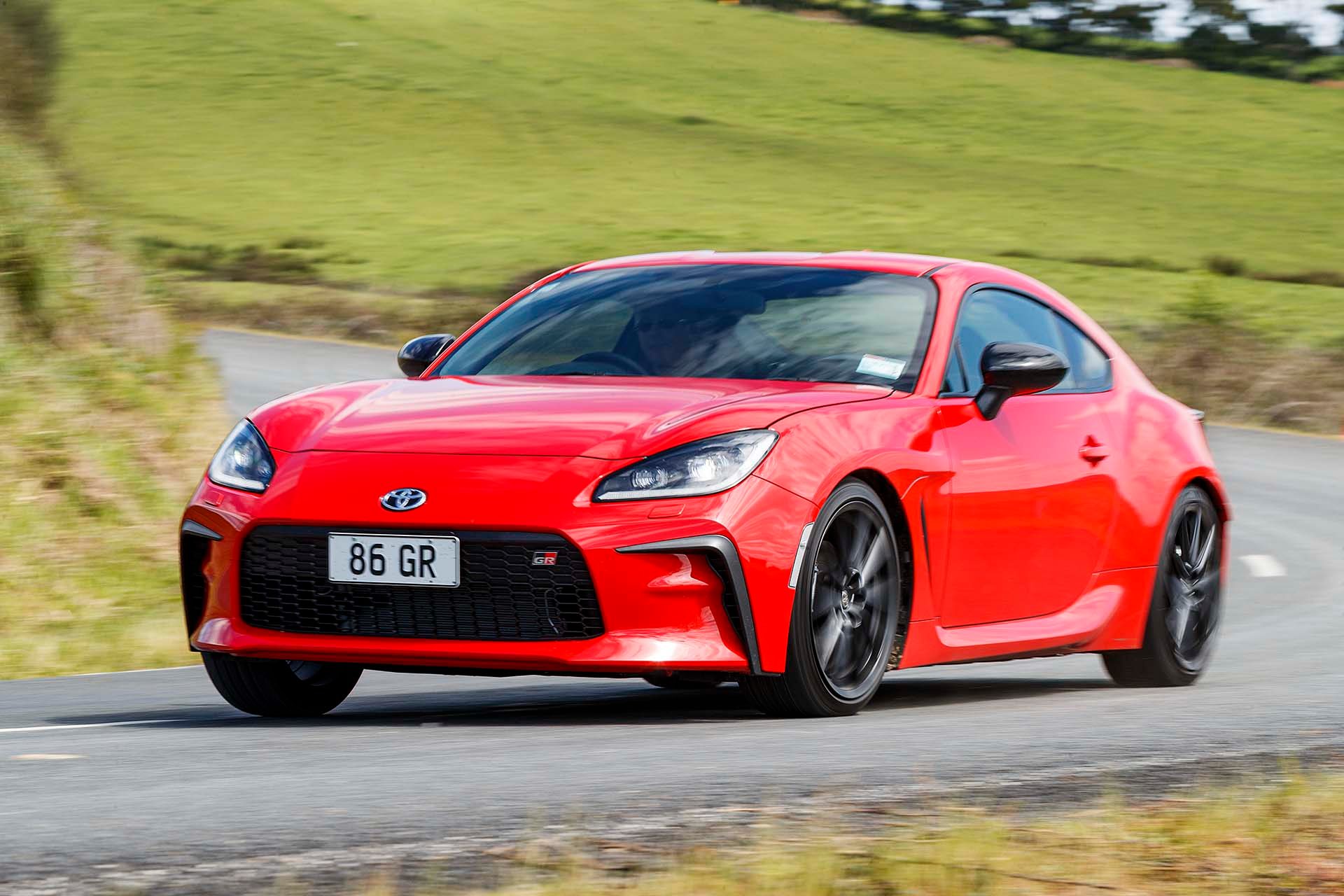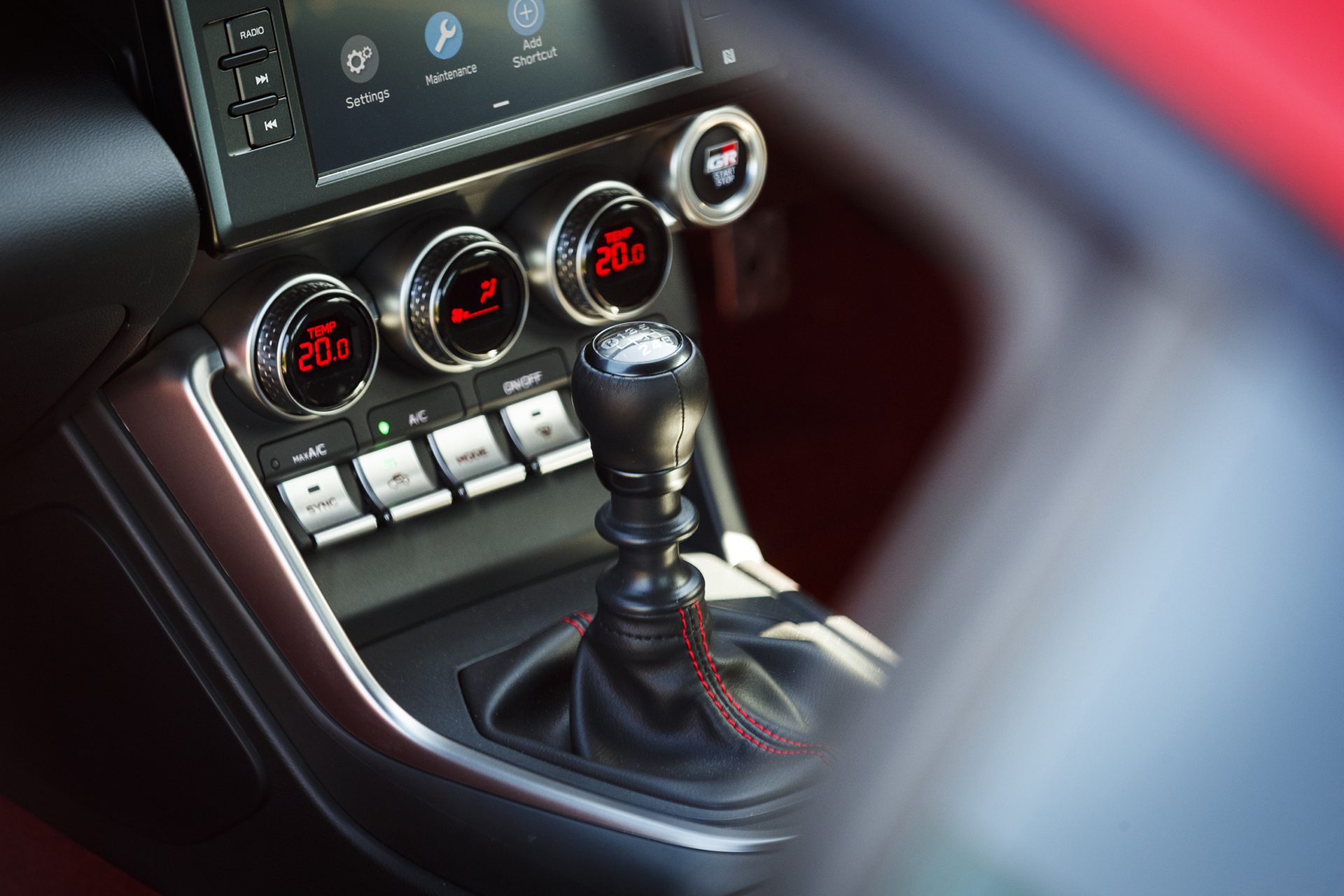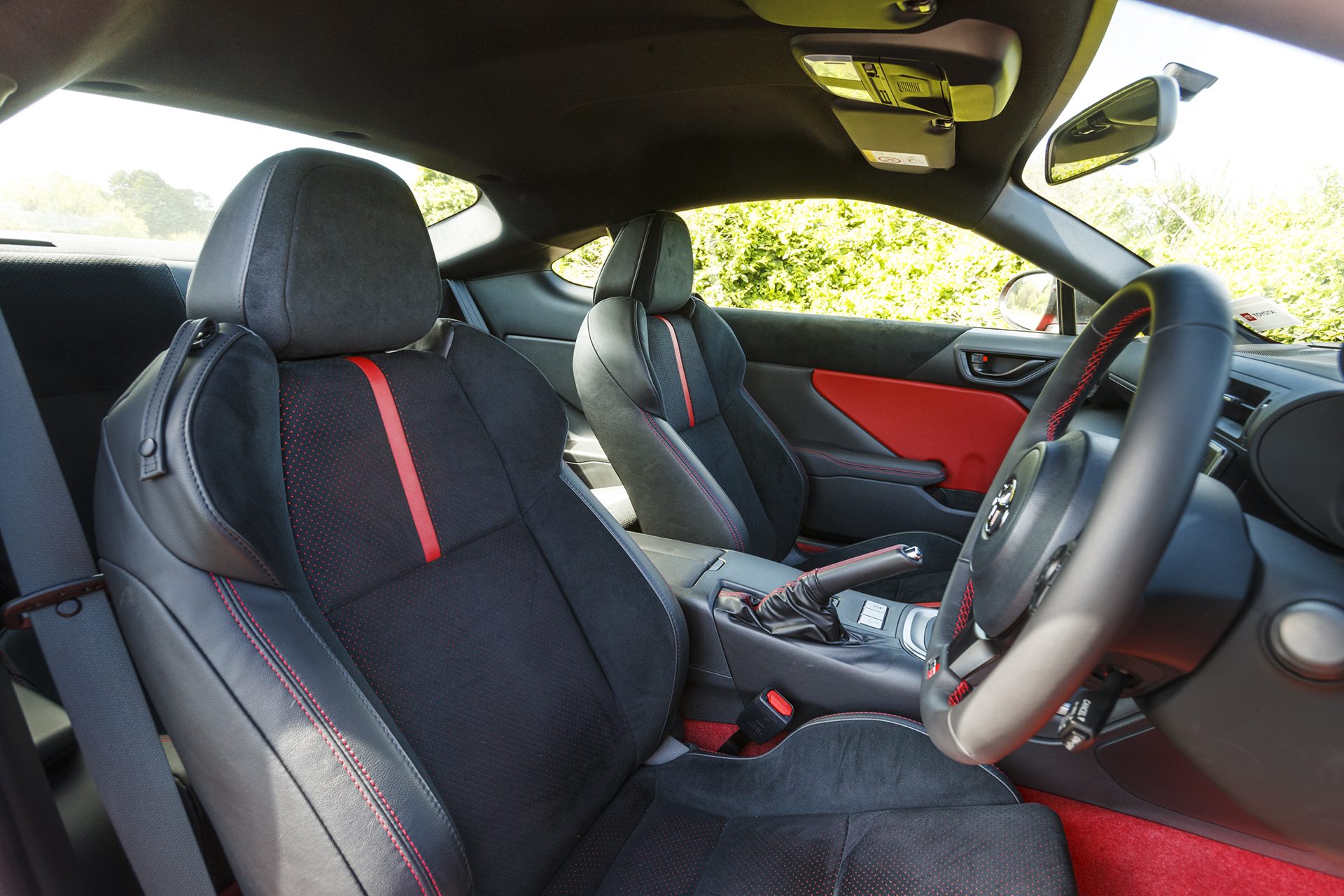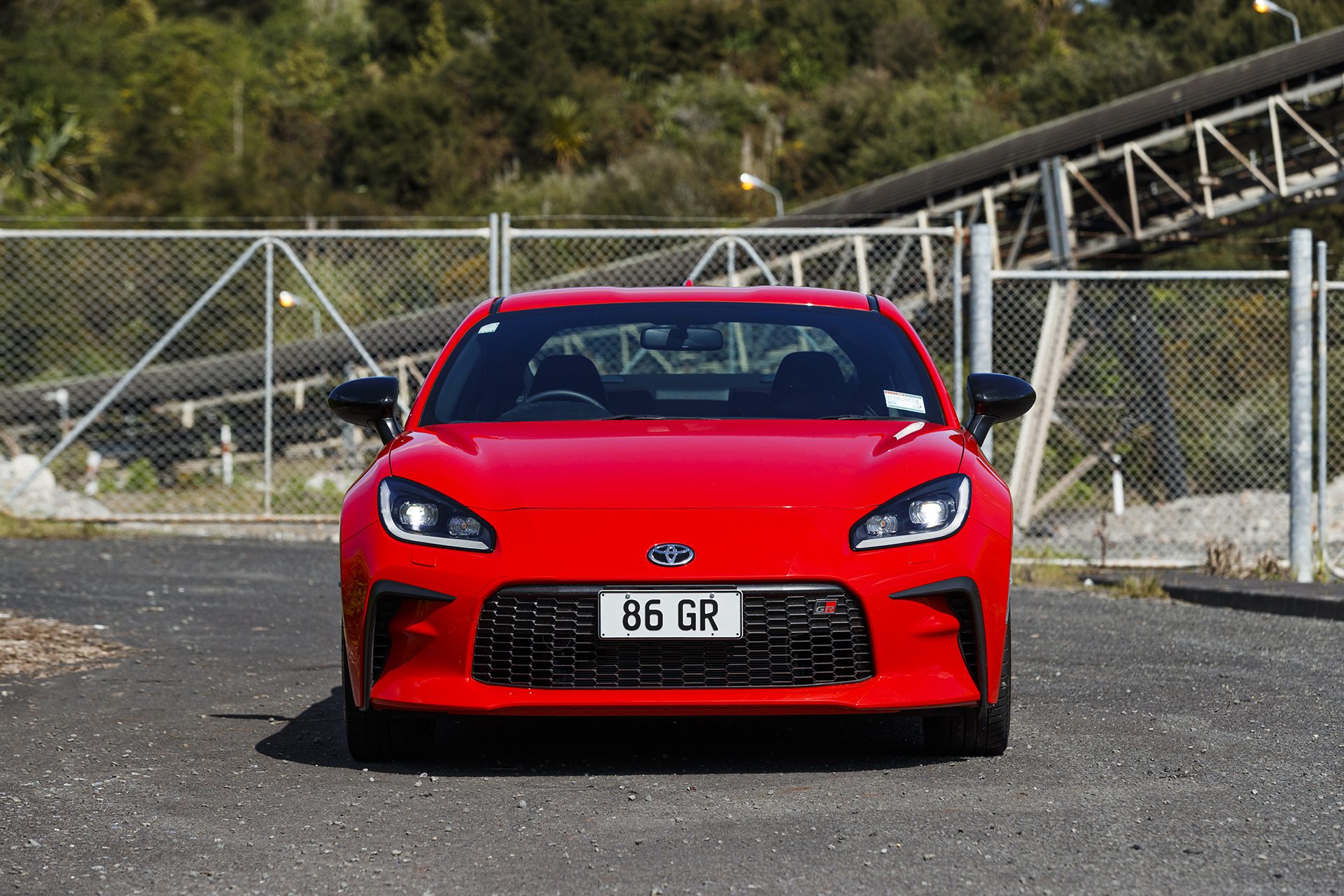2022 Toyota GR86 review
Toyota’s 86 is back, now known as the GR86. It’s not only the new motor that makes this special.

Toyota’s 86 is back, though there’s just a single variant now, known as the GR86. It’s not only the new motor that makes this special.
A decade on from the release of the original 86, Toyota’s two-door hardtop sports car has been renewed as GR86, with a similar, recognisable design and sharp dynamics. Why mess with a good thing? Except where they did mess with it they chose the right bits to make more righteous.
Engine up
And so is acceleration
Corner stick
It still steers sweetly too, quick to turn and accurate, if not perhaps the last word in communication but there’s no unwanted kickback or bump steer. And on that, the suspension produces a well controlled ride, especially at open road speeds where the wheels track the bumps and dips faithfully. At urban speeds progress can be busy at times but it’s worth it for what’s in store elsewhere.
Practicality good for two
AEB either. But those aren’t really missed…until they are perhaps. There’s BSM which is helpful given the limited view out to the left hand rear side, blighted by a thick C pillar. Headroom here is good though, in contrast to the rear. And it’s much better than in like-priced MX-5 RF hardtop rival so GR86 is more appropriate for taller folk, not that either is especially easy to enter or leave.
Other options?
One final rival we haven’t touched upon? Thei20 N. Just kidding; that’s front drive. And as to the GR86 twin, Subaru’s BRZ, you can forget about that, at least new here. Subaru reckons it doesn’t fit with its AWD policy. It’s probably more about the numbers game.
Anyhow, while the sticker price has grown rather, Toyota GR86 is now a more rounded offering than it once was and gives the likes of MX-5 RF a proper hurry along.
| Model | Toyota GR86 |
| Price | $56,990 |
| Clean Car Discount | Fee + $3220 |
| Engine | 2387cc, B4, DI |
| Power/Torque | 174kW/250Nm |
| Drivetrain | 6-speed manual, RWD |
| Fuel Use | 10.6L/100km |
| C02 Output | 242g/km |
| 0-100km/h | 6.18sec |
| 80-120km/h | 3.78sec (108m) |
| 100-0km/h | 34.82m |
| Stability systems | ABS, ESP |
| Safety | AEB, ACC, BSM, RCTA |
| Luggage Capacity | 237L |
| Tow rating | not rated to tow |
| Service intervals | 12 months/15,000km |
| Warranty | 3 years/100,000km |
| ANCAP rating | not yet rated |
| Weight | 1285kg (claimed) |
This article was originally published on autocar.co.nz
Also consider
